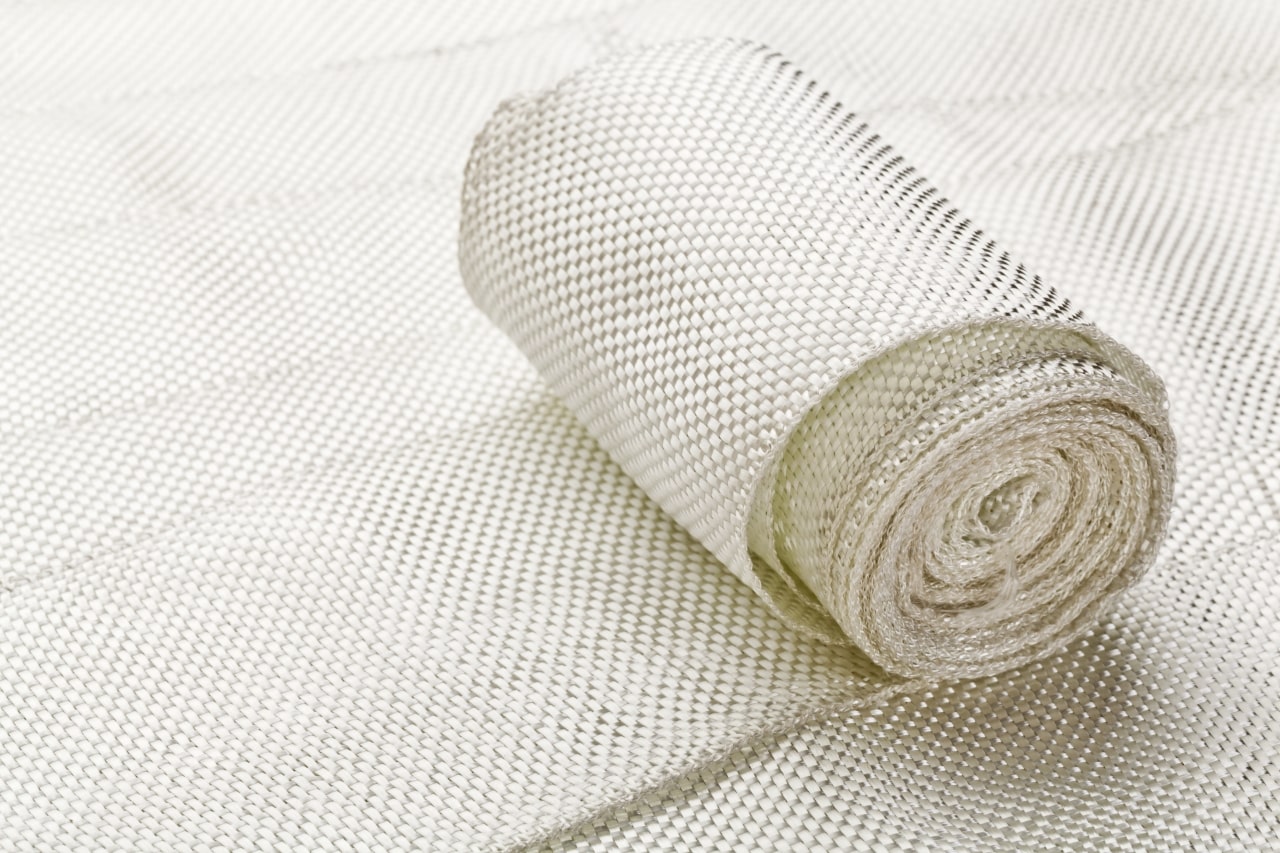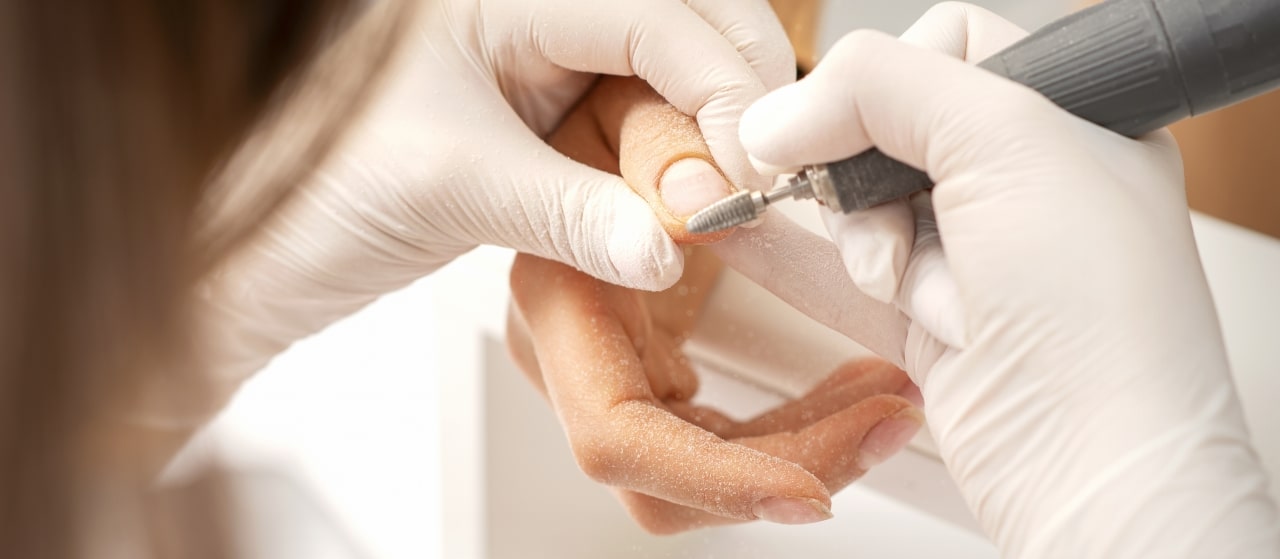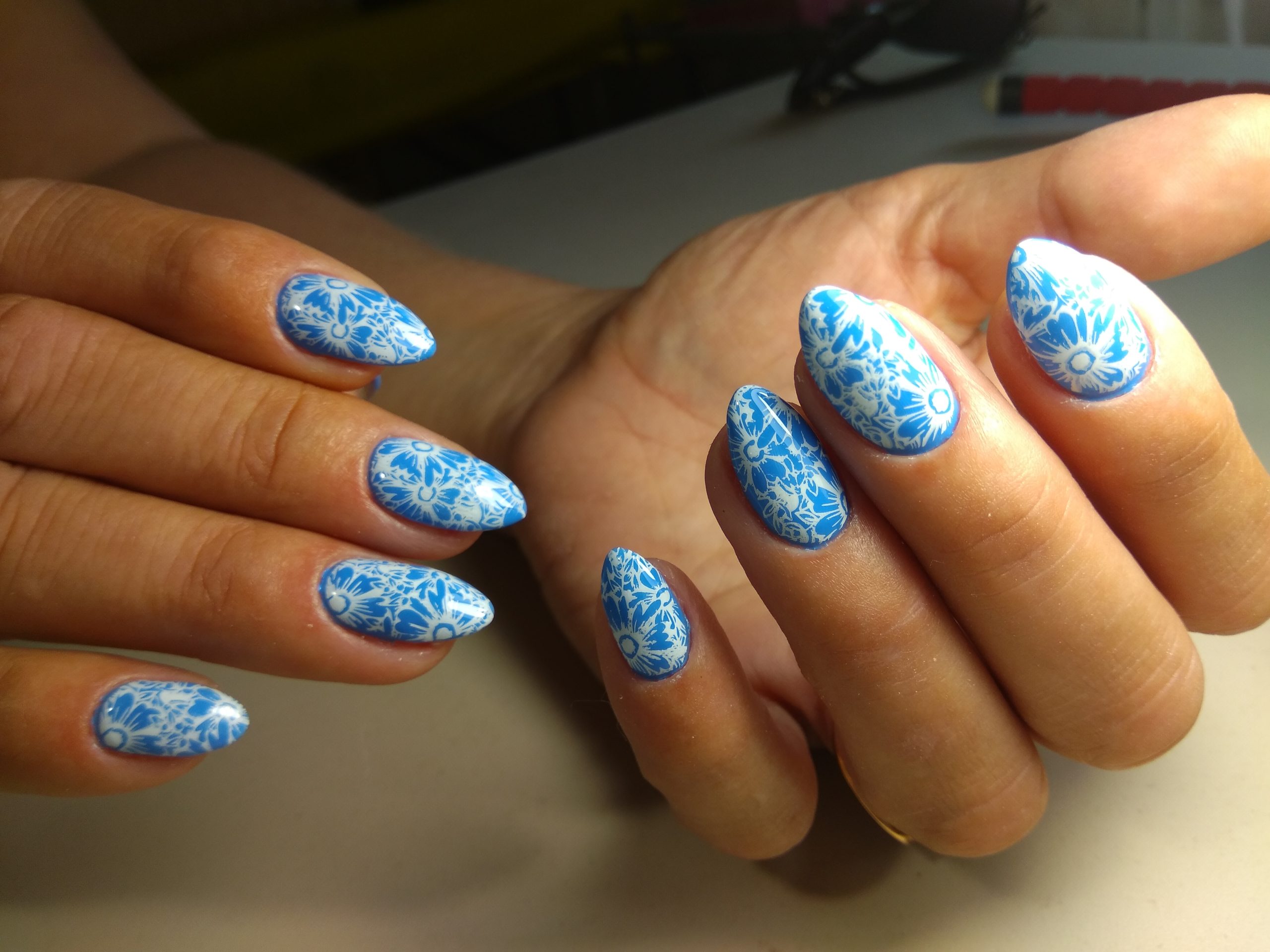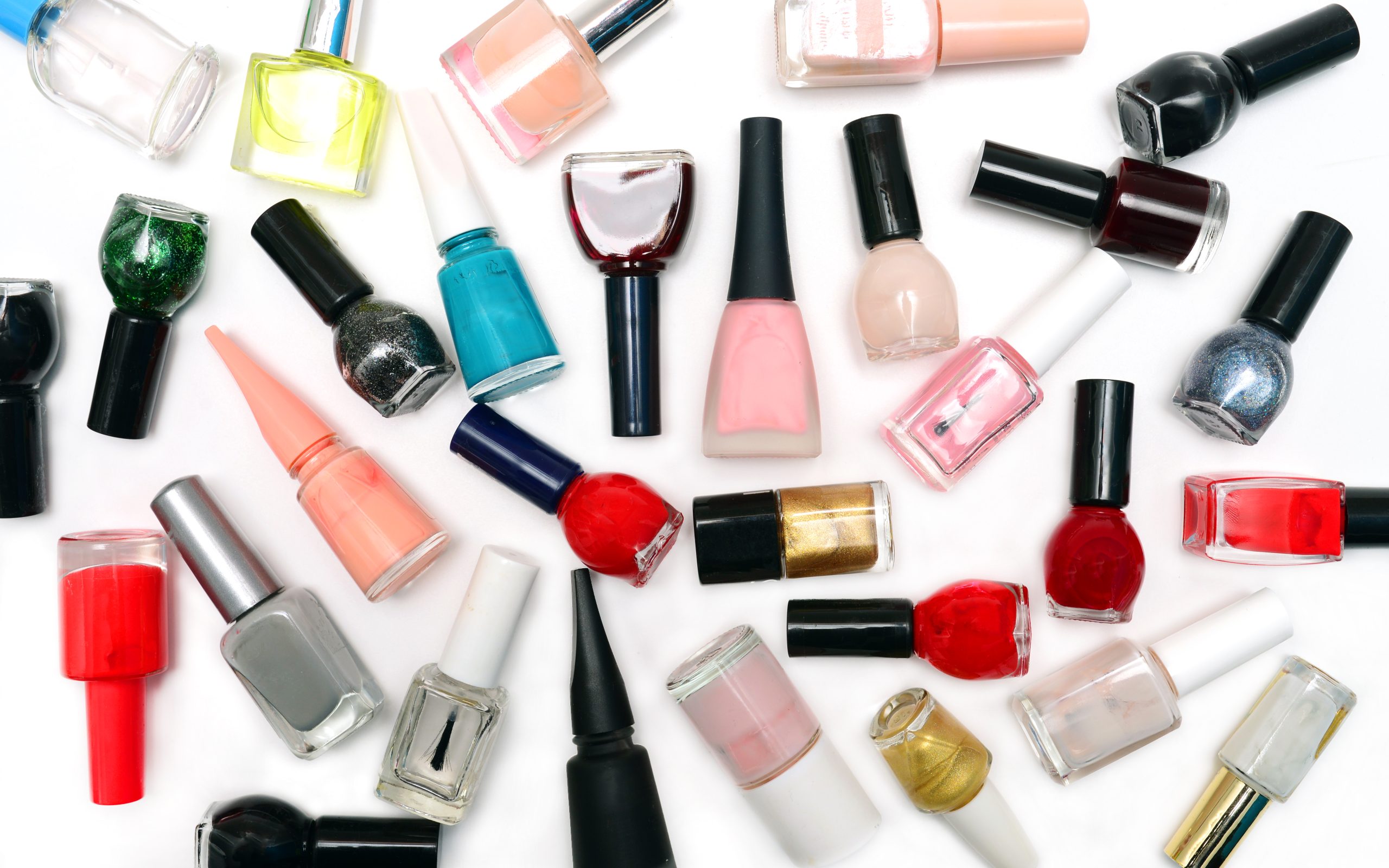Curved or “pincer” nails can be a frustrating issue for many people. While some natural curvature in nails is normal, excessively curved nails can cause discomfort, difficulty in trimming, and even pain if left unmanaged. Understanding what causes nails to grow this way and learning how to prevent excessive curvature can help maintain healthy, comfortable nails.
1. Understanding Why Nails Curve
Nail curvature can result from a variety of factors, including genetics, health conditions, or lifestyle habits. Here are some common reasons why nails might grow more curved than usual:
- Genetics: For some individuals, curved nails are simply a matter of genetics. If your family members have similar nail shapes, it’s likely that your curved nails are hereditary.
- Nail Health and Injuries: Damage to the nail matrix (the tissue under the base of the nail) from an injury can cause nails to grow in a curved or misshapen way.
- Footwear: Wearing tight or ill-fitting shoes can force nails, particularly toenails, to grow inward or curve more than usual due to constant pressure.
- Underlying Health Conditions: Certain conditions, such as arthritis or psoriasis, can affect nail growth. Additionally, vitamin or mineral deficiencies might contribute to abnormal nail development.
- Poor Nail Care: Improper trimming techniques or neglecting nail health can exacerbate curving. Cutting nails too short or at an angle can encourage nails to grow inward or curve excessively.
2. Tips to Prevent Nails from Growing Extremely Curved
While some factors contributing to nail curvature may be out of your control, there are several steps you can take to manage and prevent your nails from becoming excessively curved.
- Maintain Proper Nail Care: Regular trimming and filing can help keep your nails in good shape. Cut nails straight across and avoid rounding the edges too much. This technique prevents the nails from growing into the skin and becoming overly curved.
- Wear Proper Footwear: For toenails, ensure your shoes fit well and provide enough room for your toes to move freely. Tight shoes can press against the nails, causing them to curve inward. Opt for shoes with a wider toe box and good arch support.
- Avoid Injuries: Protect your hands and feet from trauma that could damage the nail matrix. Wear protective gloves when necessary, and be cautious when engaging in activities that might lead to nail injuries.
- Keep Nails Hydrated: Dry, brittle nails are more prone to breakage and abnormal growth. Regularly moisturize your nails and cuticles with a nourishing oil or cream to maintain their flexibility and prevent cracking.
- Address Underlying Health Issues: If you suspect that a health condition is causing your nails to curve, consult a healthcare professional. Managing any underlying health issues can help improve nail health and prevent further curvature.
- Use Orthotic Supports: If curved nails are a persistent problem, especially in toenails, consider using orthotic supports or toe separators to alleviate pressure on the nails and encourage healthier growth.
3. When to Seek Professional Help
If your nails are extremely curved and causing pain or discomfort, it’s essential to seek advice from a healthcare professional, such as a dermatologist or podiatrist. They can provide a thorough assessment and recommend treatments that may include:
- Professional Nail Trimming: A podiatrist can safely trim and shape nails that are too curved or difficult to manage at home.
- Orthotic Devices: Customized orthotic devices can help alleviate pressure and prevent further curving.
- Medical Treatment: For nails curved due to fungal infections or other conditions, medical treatments may be necessary to address the underlying issue.
Maintaining healthy, straight nails requires a combination of proper nail care, good hygiene, and preventive measures. By understanding the factors that contribute to curved nails and taking proactive steps, you can ensure your nails remain comfortable and healthy. If you experience persistent issues or discomfort, don’t hesitate to consult a professional for guidance and support.




